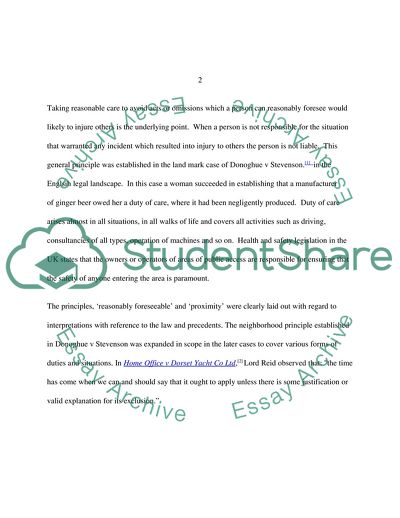Cite this document
(Law of Tort: Compensation Culture Coursework Example | Topics and Well Written Essays - 1750 words, n.d.)
Law of Tort: Compensation Culture Coursework Example | Topics and Well Written Essays - 1750 words. https://studentshare.org/law/1736682-law-of-tort-compensation-culture
Law of Tort: Compensation Culture Coursework Example | Topics and Well Written Essays - 1750 words. https://studentshare.org/law/1736682-law-of-tort-compensation-culture
(Law of Tort: Compensation Culture Coursework Example | Topics and Well Written Essays - 1750 Words)
Law of Tort: Compensation Culture Coursework Example | Topics and Well Written Essays - 1750 Words. https://studentshare.org/law/1736682-law-of-tort-compensation-culture.
Law of Tort: Compensation Culture Coursework Example | Topics and Well Written Essays - 1750 Words. https://studentshare.org/law/1736682-law-of-tort-compensation-culture.
“Law of Tort: Compensation Culture Coursework Example | Topics and Well Written Essays - 1750 Words”. https://studentshare.org/law/1736682-law-of-tort-compensation-culture.


